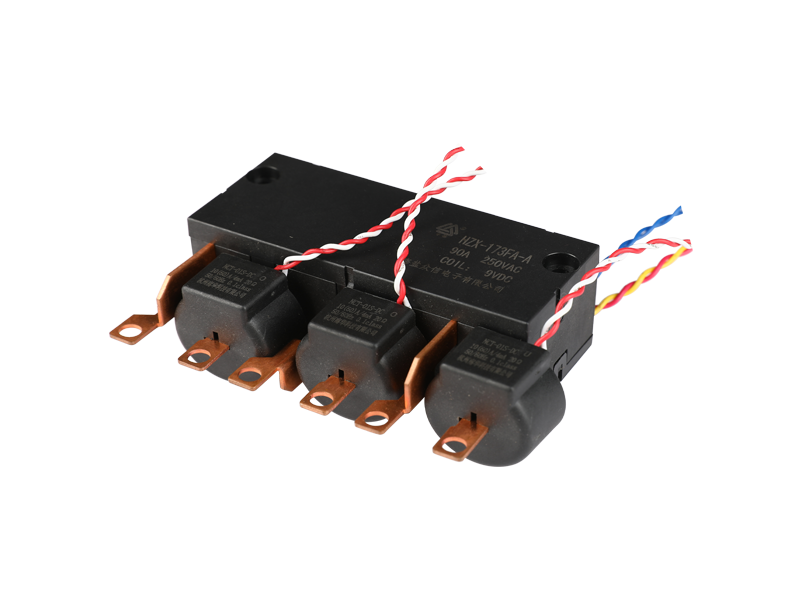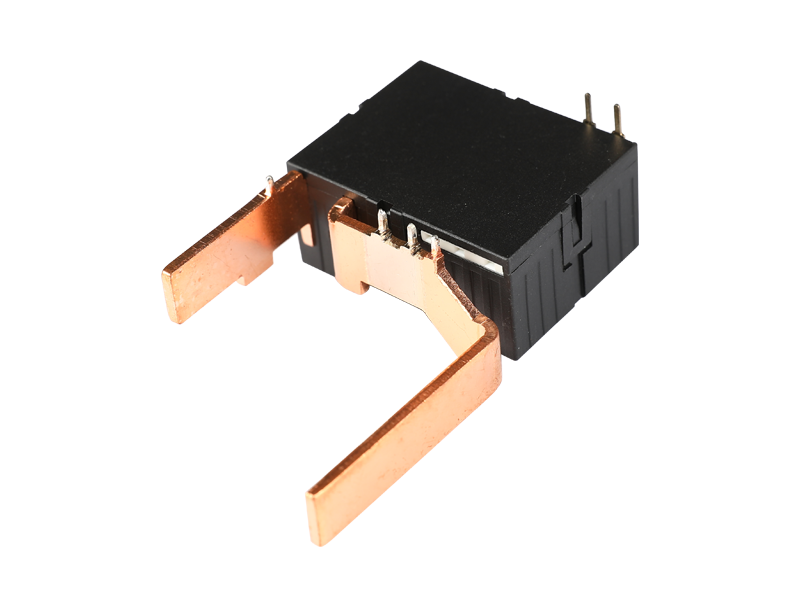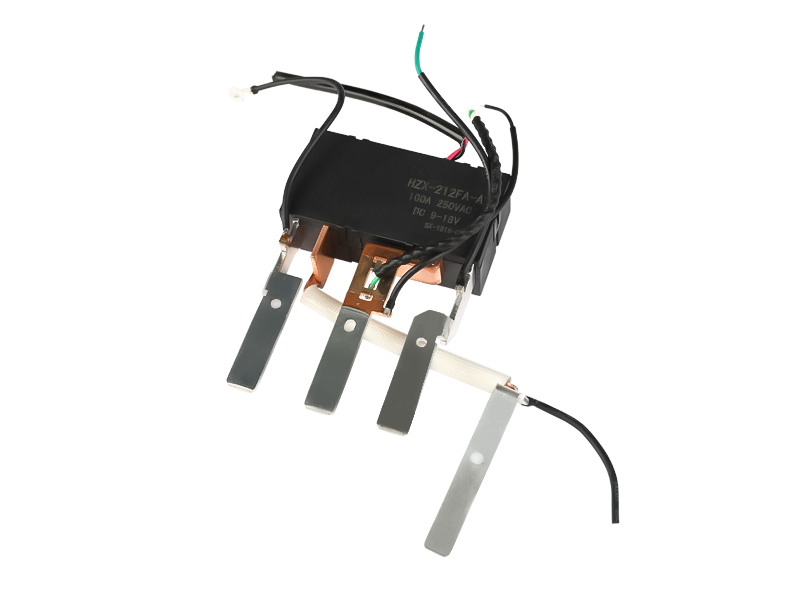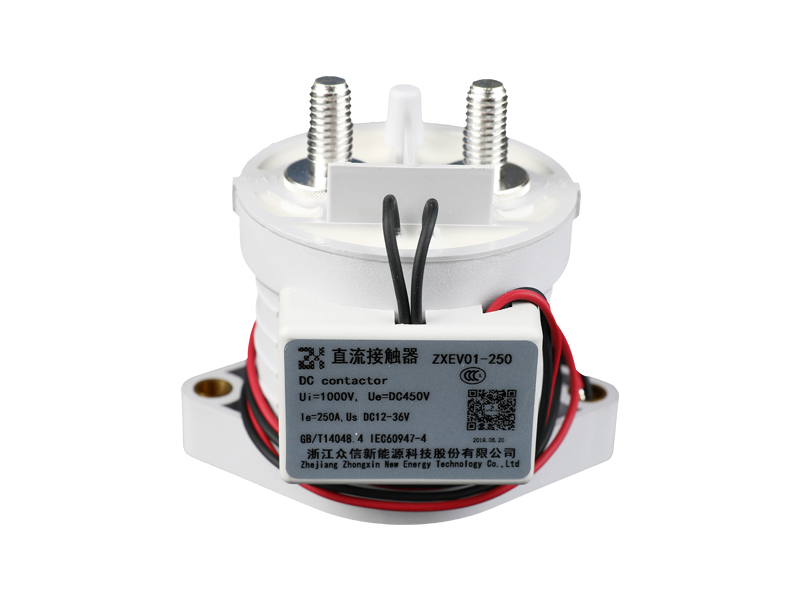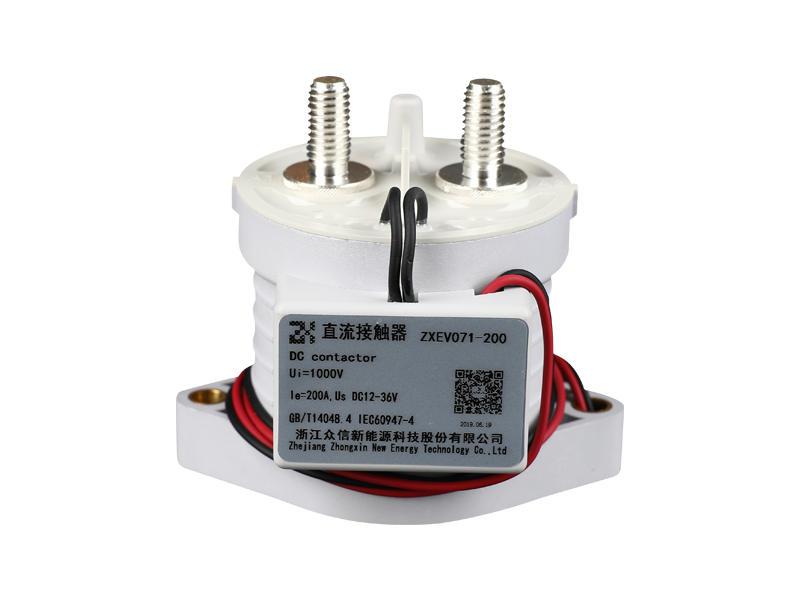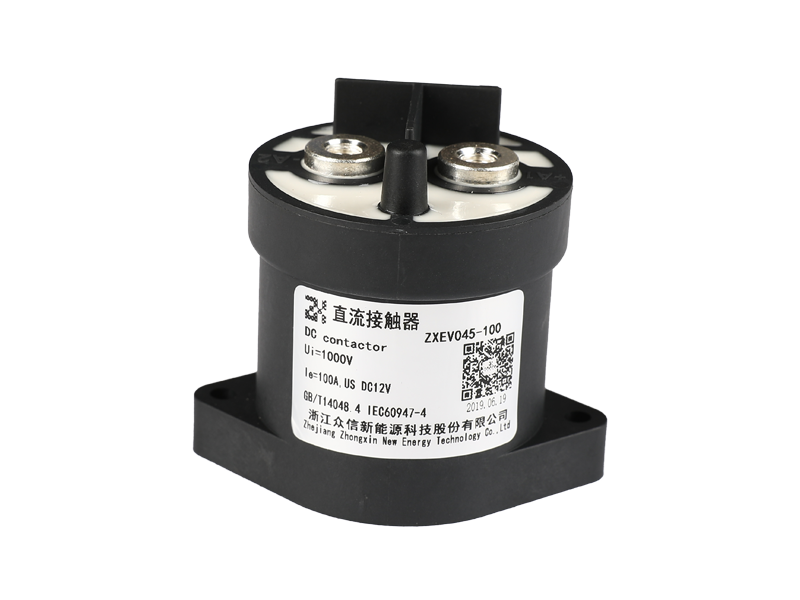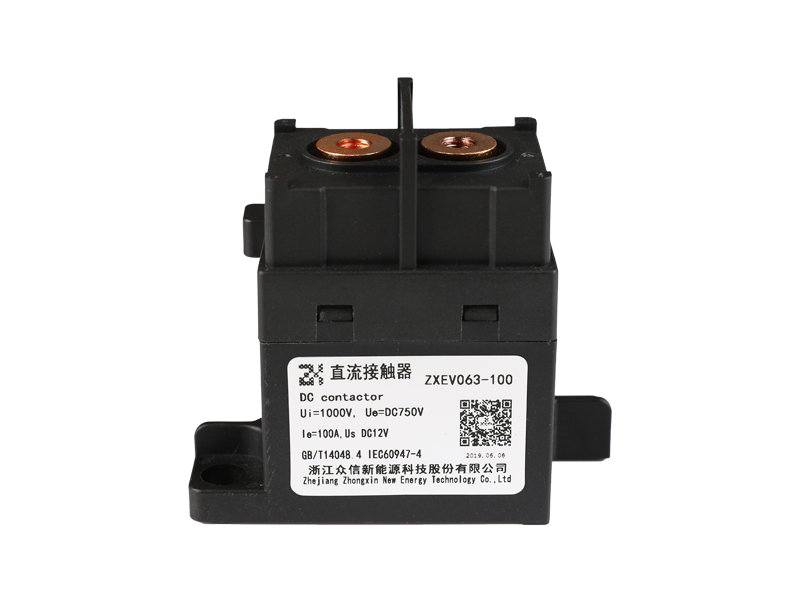different loads
1. Contactors are used for load types that have high voltage, high current, or both. Generally speaking, it is used for equipment passing more than 15 amps or more than 3kW load. For lower quantities, normal relays are used. Relays are electromagnetic relays. Electromagnetic relays are divided into three categories, namely voltage relays, current relays and intermediate relays. In addition, time relays, signal relays, etc. can be derived from intermediate relays.
2. Both relays and contactors are relay electrical components. as the name suggests , that is, through them, the circuit loop can be interrupted and continued to achieve the purpose of controlling the working state of the circuit. Its characteristic is to control the large current with a small current, can frequently connect and disconnect the line, and has high work efficiency. The load current of the relay and the working current of the coil are relatively small. Generally, the current bearing capacity of the contact of the common relay is about 5~50A, and it is mostly used in the control circuit as the sending and executing part of the electrical signal.

3. Extended information: Unreliable contact of the contacts will increase the contact resistance between the moving and static contacts, causing the contact surface temperature to be too high, making the surface contact into point contact, and even non-conduction. The reasons for this failure are: 1. There are oil stains, hairs and foreign objects on the contacts. 2. After long-term use, the contact surface will oxidize. 3. Arc ablation causes defects, burrs or forms metal shavings particles, etc. 4. There is a jamming phenomenon in the moving part.
4. The one with the larger current capacity is the contactor, and the one with the smaller one is the relay. There is also a difference between the contactor used in the main circuit and the relay used in the control circuit. The function of the contactor is to connect and break the large current signal, drive the power equipment such as the motor; The capacity is generally small and is used to drive electrical components such as contactors.

